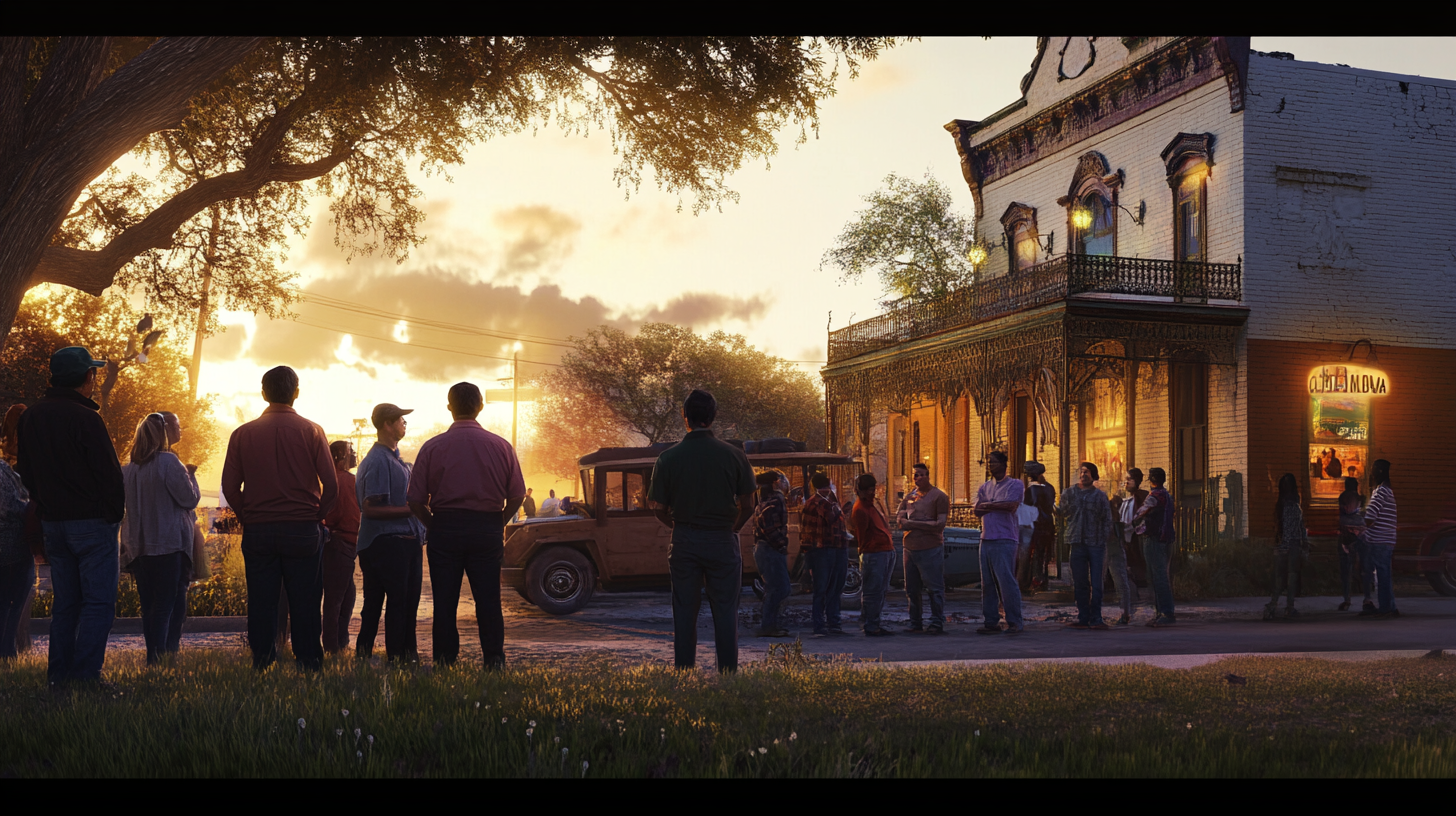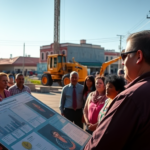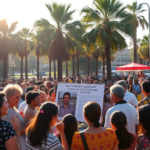Delayed Federal Funds Stall HOPE For Small Farm Sustainability Project in Harlingen
Farmers and community stakeholders in the Rio Grande Valley are anxiously awaiting the release of federal funds for the HOPE For Small Farm Sustainability project, a vital initiative aimed at supporting local agriculture. The non-profit, run by Diana and Saul Garcia Padilla, is currently in limbo due to a significant delay in expected funding from the U.S. Department of Agriculture.
A Promising Beginning Stymied by Delays
In May of last year, excitement bubbled through Harlingen, Texas, with the announcement of a $7.4 million USDA grant intended to bolster the efforts of the HOPE For Small Farm Sustainability project. The funds were earmarked to help the organization acquire agricultural land and extend support to small farming operations throughout Texas. However, the shift in the federal administration brought an abrupt halt to the momentum.
The release of funds, initially generous and promising, ground almost to a complete stop. The project has only received $300,000, with $7.1 million in financial support still stalled. According to Diana Garcia Padilla, the funding pause coincided with the inauguration of the Trump administration, as shifts in policy priorities took effect.
Garcia Padilla, undeterred, recently traveled to Washington, D.C., seeking answers and advocating for the continuation of the project’s original financial backing. Her efforts, however, have yet to yield a resolution, leaving the HOPE project — and the farmers it aims to support — in uncertainty.
Local Impact and Community Interests
The potential impact of the paused funds is considerable, particularly regarding fostering economic and agricultural sustainability in South Texas. The region, largely reliant on agriculture, stands at a crossroads where the promise of the grant could enable local farmers to expand operations, contributing to economic stability and community growth.
Local media outlets, such as the Rio Grande Guardian, have extensively covered the significance of this development. Since its inception in 2005, the Guardian has been a hub for bilingual and in-depth news coverage in the Rio Grande Valley, reporting on vital issues affecting Valley residents.
Voices from the Community
Local leaders, farmers, and residents have voiced their thoughts on the matter, with hopes and concerns alike aired. Jose Ramirez, an established farmer in the region, emphasizes the importance of such government-backed projects: “Small farms are the backbone of our community. We rely on initiatives like HOPE not just for financial aid, but for the strategic partnerships and sustainability planning they offer.”
A sentiment echoed by many is the frustration and helplessness felt due to the funding delay. Carmen Reyes, an agricultural sustainability advocate, believes the project could make a significant difference for local farming families. “The Valley can really benefit from the grant. It’s not just about the money; it’s about empowering local farmers with the resources they need to thrive and give back to the community.”
Moving Forward: Potential Implications and Solutions
Questions remain concerning not only the eventual release of federal funds but also how the project might adapt to current circumstances. The Rio Grande Valley — with its growing population and evolving economic landscape — deserves strategic investments in community interest projects like HOPE to secure long-term growth and stability.
Should the release of funds remain stalled, there are potential alternatives worth exploring. Local officials and stakeholders may consider interim measures to raise supplemental funds or alter the project scope to match current resources. Opportunities for public-private partnerships could also be pivotal, allowing the community to leverage local business resources alongside organizational goals.
Conclusion: A Call for Clarity and Action
The story of the HOPE For Small Farm Sustainability project is still unfolding, reflecting broader challenges in agricultural policy and funding allocation. The outcomes of Diana Garcia Padilla’s advocacy efforts and the involvement of the larger community will be crucial in determining the project’s future.
As South Texas continues to navigate these complexities, transparency and proactive communication between government entities and the public are essential. For updates and resources, Valley residents are encouraged to engage with local media and community forums that prioritize RGV news and developments.
The implications extend beyond immediate financial aid to shaping how local agriculture addresses future changes, ensuring that the Valley remains a vibrant region that values and supports its agricultural roots.







